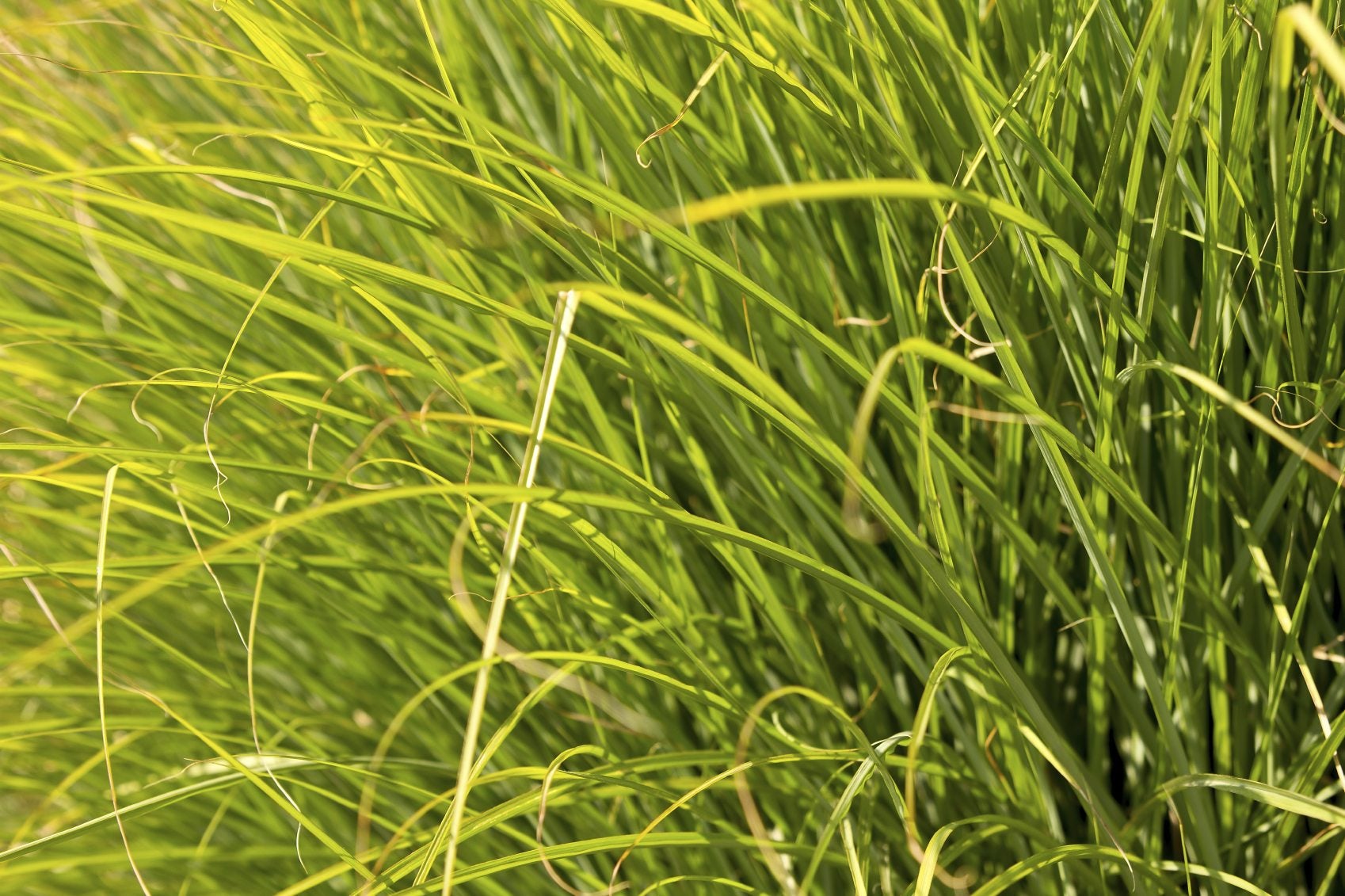What Is Prairie Dropseed: Tips For Growing Prairie Dropseed Plants


If you’re looking for something different in the native plant or wildlife garden, then take a look at prairie dropseed grass. This attractive ornamental grass has much to offer in the landscape. Keep reading for more info and learn how to care for prairie dropseed grass. It may be just the thing you’re looking for.
What is Prairie Dropseed?
Prairie dropseed grass (Sporobolus heterolepis) is a North American native perennial bunch grass known for its bright green fine textured blades. Prairie dropseed plants sport airy pink and brown flowers in late August through October. Their leaves turn an attractive orangey rust mid-fall. Prairie dropseed plants love the sun. Their flowers have a distinct scent which is often described as smelling like cilantro, coriander, or popcorn. Other prairie dropseed facts include:
- It grows 2 to 3 feet x 2 to 3 feet in size (0.61-0.91 m.)
- It is drought tolerant after it is established
- It is an excellent wildlife plant, as birds enjoy feasting on its seeds
Growing Prairie Dropseed Plants
Growing prairie dropseed from seed requires patience and attention. It takes approximately five years to become fully established. Even though it is a drought tolerant plant, it requires regular irrigation for the first year. Care for prairie dropseed is minimal. It should be dethatched each year to remove the old, dead leaves. Make sure you plant this slow grower in full sun. Remove any weeds that compete for water and nutrients. Prairie dropseed grass is an excellent ornamental plant and is very useful in landscape restoration projects. It is considered to be one of the showiest bunch grasses in the landscape industry. In addition to its low maintenance, the plant is basically trouble free. Now that you know a little more about prairie dropseed plants, perhaps you’ll choose to grow it as an addition in your landscape.
Gardening tips, videos, info and more delivered right to your inbox!
Sign up for the Gardening Know How newsletter today and receive a free copy of our e-book "How to Grow Delicious Tomatoes".

Karen Boness is the founder of Wild Willow Design, an Australia-based company that specializes in ecological landscape design.
-
 12 Lush Alternatives To A Lawn For Sustainable Spaces
12 Lush Alternatives To A Lawn For Sustainable SpacesAlternatives to a lawn are beautiful and also beneficial to your local ecosystem and its pollinators. Explore our top picks for plants to replace grass.
By Tonya Barnett
-
 Types Of Tomatoes Explained: Explore The Many Wonderful Shapes, Colors, Flavors, & Best Uses
Types Of Tomatoes Explained: Explore The Many Wonderful Shapes, Colors, Flavors, & Best UsesThe world of tomato varieties is vast and fascinating. Learn about the key types to grow in your garden, tailored to your preferences and space.
By Amy Grant